Who are we?
ABOUT US
Precision-BTC-Network is a COST Action whose main aim is to coordinate a pan-European interdisciplinary effort to promote personalised approaches for patients with BTC, covering prevention, diagnosis, prognosis and therapy. We do this by creating a life science ecosystem that supports interaction between basic scientists, clinicians, regulatory authorities, advocacy groups, SMEs and pharmaceutical industry partners.
OVERVIEW
Biliary tract cancers (BTC) include a heterogeneous group of aggressive tumours with an increasing incidence in Europe. Limited knowledge of risk factors and the lack of biomarkers for diagnosis are responsible for frequent late detection. These tumours are characterised by high refractoriness to conventional chemotherapy, and an unmet need for development of novel therapeutic strategies. Targeted therapies have proven to be a good option for only subgroups of patients, but their access is unevenly distributed across Europe, requiring urgent implementation plans for patients’ benefit.
Precision-BTC-Network aims to create a unique cooperative and interdisciplinary network of European multi-stakeholders, including basic researchers, clinical investigators, SMEs, European Commission and EU agencies, international scientific organizations, patient representatives, and industrial partners, to address the diversified, but interrelated challenges, in the implementation of precision medicine in the management of BTC.
The Action is organized in four working groups involved in the development of a personalized management of patients with BTC: Identification of epidemiological heterogeneity in Europe to apply precision prevention, Personalised early detection of BTC, Personalisation of treatment for patients with BTC, Patient-centric support management, and two horizontal WGs provide cross-sectional activities relevant to WG1-4 goals: Artificial intelligence, and Drug development using preclinical models.
In our efforts we hope to speed up the development of diagnostic and prognostic biomarkers for BTC patients and bring beneficial therapies and optimal management of these patients across Europe. In addition, the training of Young Researchers and Innovators in precision medicine in BTC seeks to ensure further progress in the future.
For more information the Precision-BTC-Network and its strategy and objectives, please see our Memorandum of Understanding.
MEMBERS
Our 520+ members are associated with over 270 institutions—from hospitals to non-profits and research institutes—located in more than 50 countries. See the map below to discover where we are from...
